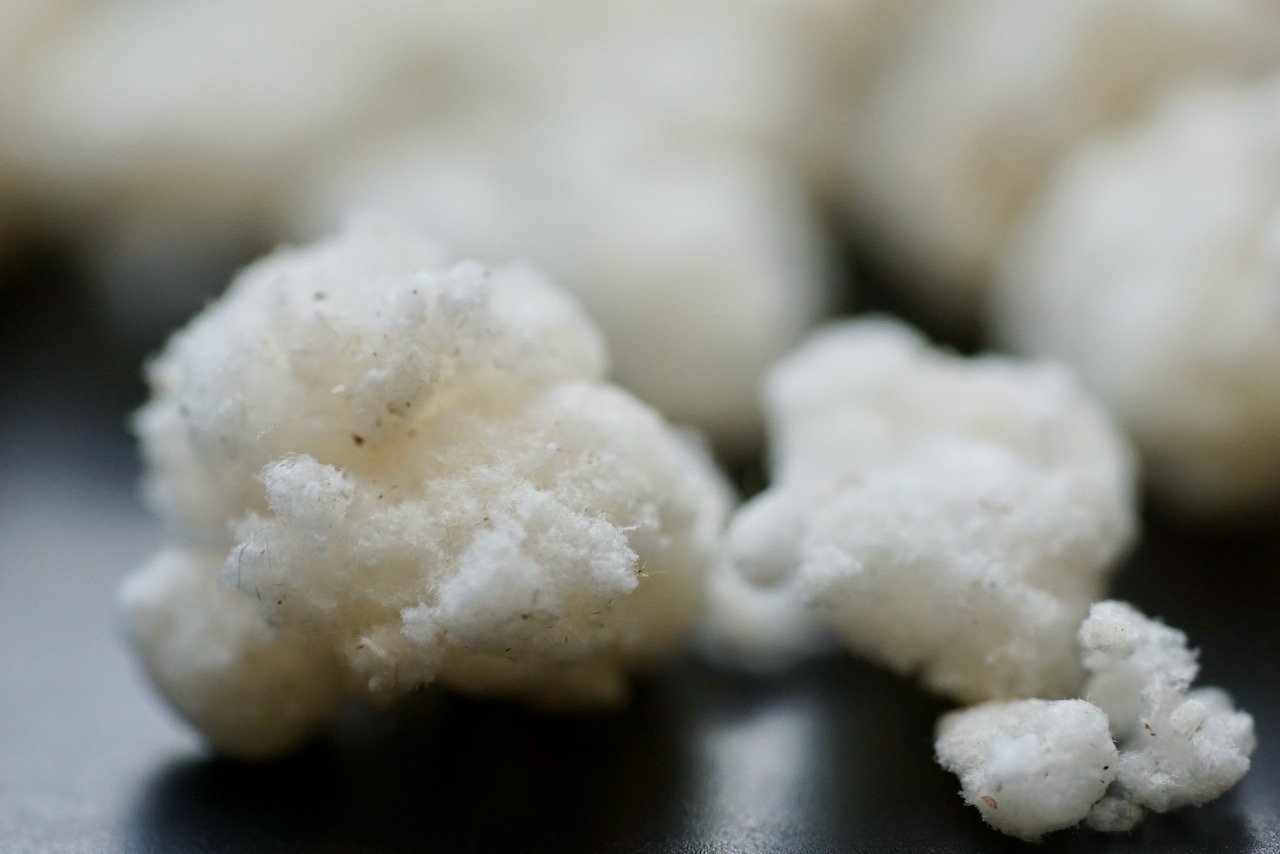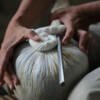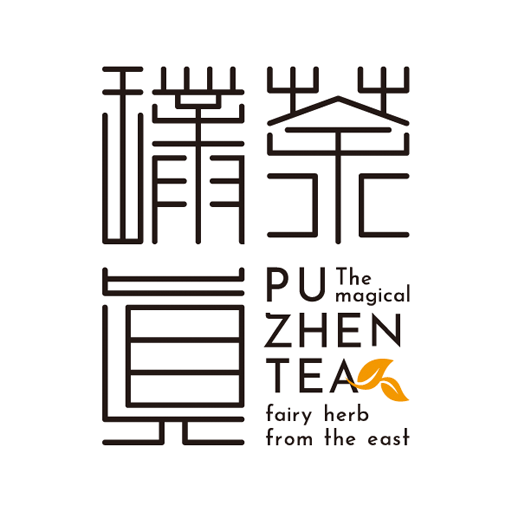Caffeine is often the first topic discussed when it comes to tea. Is caffeine what makes people unable to sleep? Is the caffeine content high in oolong, black, or green tea? Does drinking tea cause stomachaches? Tea should not be steeped for too long, or else a lot of theine will be dissolved. These are common questions heard when drinking tea. Today, let`s talk about caffeine in tea.
From the three words “caffeine,” it can be inferred that this chemical substance was discovered in coffee. Caffeine is mainly found in tea, coffee, and chocolate, and it is a type of alkaloid, mostly derived from amino acids. Chemical substances with similar structures to caffeine include theobromine and theophylline. The caffeine content in tea ranges from 2 to 4%, while in coffee beans, it ranges from 1 to 2%. Since caffeine was discovered in coffee beans (1821) before it was found in tea leaves (1827), it was named “caffeine” rather than “theine.”
Next, let`s talk about the functions of caffeine in the human body and in plants. Some parts may be a bit difficult, so I`ll try to explain them in simpler terms. Caffeine is a central nervous system stimulant in the human body. First, let`s briefly understand the structure of caffeine. Imagine caffeine as a large building block called xanthine, with three smaller building blocks called methyl groups attached to it. Let`s not consider the oxygen atoms on top for now. Please keep this structure in mind—a large block with three small blocks attached. When caffeine enters the body, it mainly affects the liver, stomach, central nervous system, muscles, and heart. Let`s discuss what happens in the liver, brain, and stomach.
First, let`s talk about what happens when caffeine reaches the liver. After caffeine enters the body, it undergoes metabolism in the liver, where it is processed by a pigment cell called P450 (oxidase). This cell metabolizes caffeine, producing three chemical substances, one of which is theophylline. Theophylline is a product of caffeine metabolism. The original content of theophylline in tea leaves is 0.002%, which is relatively low compared to the caffeine content of 2 to 4% in tea leaves. Theophylline, often feared by many, is actually just caffeine.
Therefore, when this chemical substance is called caffeine instead of theophylline, it doesn`t sound as scary. What does the liver cell do to caffeine? Do you remember the structure of caffeine mentioned earlier? It`s a large block with three small blocks attached. The liver cell`s job is to remove the small blocks from the large block. This process, called demethylation, can be considered metabolism. Methyl groups can be seen as a kind of enhancement equipment; the more methyl groups, the stronger the function. From the chemical name, caffeine`s full name is 1,3,7-trimethylxanthine. Trimethyl refers to the three methyl groups, and xanthine refers to the large block. When one of the small blocks is removed from the large block, it becomes theophylline (dimethylxanthine). In summary, during this process, caffeine, with three methyl groups, is metabolized into theophylline, with two methyl groups, and eventually into methylxanthine with one block. As the number of small blocks decreases, or methyl groups decreases, the function of caffeine weakens.
In addition to using demethylation as a way to weaken toxic substances, the liver also employs oxidation, which involves adding oxygen atoms to toxic substances, such as in the metabolism of alcohol. Ethanol in alcohol is metabolized into acetaldehyde, and then into acetic acid. A common example in daily life is red wine; when left for a period, it becomes acidic, undergoing the same reaction, but without the involvement of the liver, so the process takes longer. Overall, the liver acts as a worker. When it encounters substances that need to be metabolized, it either removes the equipment of the substance or adds some seals to make the substance lose its original function. This is a method of metabolism.
Let`s talk about the effects of caffeine in the brain. People often say that drinking tea or coffee can make them alert and also cause insomnia. Why is that? First, let`s discuss what it means to feel alert. Being alert is a result of ingesting a substance that excites the brain. Let`s hypothesize that the alertness level in the brain can be divided into four states: fatigue is zero, sleeping is minus one, awake is plus one, and hyperactive is plus two. When caffeine reacts in the body, it doesn`t create alertness but rather prevents sleepiness. It keeps you in a state between fatigue and wakefulness (zero and plus one). Caffeine doesn`t make you excessively excited and fatigue-free; instead, it keeps you tired but awake, leading to insomnia. In other words, caffeine makes you feel tired but awake, without inducing sleep. This is commonly known as insomnia. It`s worth mentioning that caffeine does have a slight stimulating effect because it promotes the conversion of liver glycogen or glucose elsewhere in the body into usable energy. Excitement is generated from these sugars, but compared to harmful substances, the stimulating effect of caffeine is relatively low. When the body seeks glucose from sources other than itself to produce energy, the brain activates hunger signals, making you feel hungry. This is why people often feel like eating something after drinking tea, as these foods can be a source of glucose. Using caffeine to feel alert isn`t very effective. Exercising to increase energy levels yields better results.
Now, let`s discuss what caffeine does in the brain. Imagine the brain has many doors, each labeled “Let me sleep.” When you`re awake, these doors are closed and locked. After a hard day`s work, many keys appear in the brain. These keys are labeled “I`m tired.” “I`m tired” can open the “Let me sleep” doors, and when they open, “Let me sleep” starts working, making you less likely to move and eventually fall asleep. During sleep, the doors gradually close, and the keys are broken down. Eventually, you wake up, which is a normal sleep process. However, caffeine`s key looks similar to the “I`m tired” key and likes to stick in the “Let me sleep” doors. It only sticks but doesn`t open the door. So, the brain has caffeine keys stuck in the “Let me sleep” doors, but caffeine doesn`t open them. Meanwhile, a bunch of “I`m tired” keys float around in the brain, resulting in feeling tired but unable to sleep, leading to insomnia. By the way, the correct name for the “I`m tired” key is adenosine.
Some people ask, “Why can some people drink a lot of tea (consume a lot of caffeine) and still sleep well?” Like me, I`m an example of someone who can sleep well no matter how much tea or coffee I drink. In fact, this is a process where life finds a way. Because the brain knows that the doors are often occupied by useless keys, but the body needs sleep to relieve fatigue, the solution is to increase the number of doors, and these doors efficiently capture the “I`m tired” keys. So, for people who are less sensitive to caffeine, it could be a combination of innate traits and acquired tolerance. People less sensitive to caffeine may increase their caffeine intake to combat the lack of alertness caused by drinking tea or coffee, leading to what is commonly referred to as “caffeine addiction” or more accurately, “caffeine dependence.”
Liver and brain discussions are complete; now let`s talk about stomach pain, another common issue caused by drinking tea. How does caffeine cause stomach pain? According to research, caffeine can stimulate gastric acid secretion. Coupled with catechins, it can cause the stomach lining to lose its function. So, with increased stomach acid secretion and a loss of stomach lining protection, this double blow can lead to stomach pain. Additionally, caffeine speeds up metabolism, causing diuresis as one of its reactions. So, for those who often drink tea, don`t forget to replenish fluids; here, fluids refer to caffeine-free beverages. Catechins are also an interesting topic, and I`ll cover them in a future discussion.
People often ask, “Can I drink tea with medication?” Before answering this question, let`s talk about where caffeine is commonly found in medication. First, there are pain relievers; studies show that combining pain relievers with caffeine can enhance their effectiveness. You can see the difference in ingredients between regular and enhanced versions of pain relievers like Panadol. Regular tablets don`t contain caffeine, while enhanced ones do. Second, there are energy drinks; looking at the ingredient list of energy drinks, you`ll find that they contain significant amounts of caffeine, along with glucose and taurine, primarily for alertness. In essence, energy drinks prevent you from falling asleep by providing lots of sugars, achieving alertness. Both energy drinks and caffeine-containing medications should be used in moderation to avoid excessive intake of caffeine and sugars. Here, sugars refer to those in energy drinks. In conclusion, when taking medication, avoid using it with tea and allow some time between them to avoid unexpected effects from tea and caffeine.
Caffeine in plants serves a different purpose than the energizing effect we feel. It`s actually a self-protective mechanism. The main difference between plants and animals is that while animals can flee when threatened, plants can only stand and endure. Plants need to find other ways to cope with threats, and caffeine is one effective defense mechanism.
After long periods of evolution, tea plants have decided to produce caffeine to combat the nuisance of insect infestation. When insects ingest excessive amounts of caffeine, it can paralyze or even kill them. If a certain insect is not deterred by caffeine, plants will resort to other methods. For example, they may emit distress signals, similar to how ancient warfare used smoke signals to call for reinforcements. These signals attract predator insects to deal with the caffeine-resistant pests, which is also the origin of the fragrant scent of oriental beauty tea.
On a tea plant, where is the highest concentration of caffeine? It`s in the “buds.” Because the buds have just emerged and haven`t developed strong physical defenses yet, such as thickened cuticles, they can only rely on chemical weapons to resist external threats, and caffeine is one of these weapons. This explains why tea tastes more bitter when the leaves are very young. Caffeine is the source of bitterness in tea. If you have the opportunity, try brewing very tender tea leaves with boiling water, and you`ll taste the bitterness of caffeine. Therefore, when brewing green tea, it`s better to use water at a lower temperature, as caffeine has low solubility in low-temperature water, making the tea less bitter.
Lastly, to answer the most common question: Which type of tea has the lowest caffeine content? The answer is: tea from the small-leaf variety. Here, “small-leaf variety” refers to the tea tree cultivar, which determines the caffeine content. Tea varieties can be simply classified into large-leaf and small-leaf types. From the appearance perspective, large trees naturally have larger leaves, known as the large-leaf variety, while small trees have smaller leaves, known as the small-leaf variety. This is a rough classification. From a more advanced botanical perspective, the leaf mesophyll of the large-leaf variety is monolayered, while that of the small-leaf variety is bilayered. This distinction is important because it`s difficult to judge the variety based solely on leaf size. According to research, within the tea family, including C. Sinensis (small-leaf variety) and C. Assamica (large-leaf variety), the small-leaf variety usually has lower caffeine content, about 2% to 3%, while the large-leaf variety tends to have higher caffeine content, exceeding 4%.
In the world of tea, common large-leaf varieties include Assam, Ruby Red, Hong Yun, Camellia sinensis var. assamica from India and Sri Lanka, and Puerh tea from China. Common small-leaf varieties include Qing Xin Oolong, Si Ji Chun, Jin Xuan, Cui Yu, etc. Most Taiwanese oolong teas are made from small-leaf variety tea trees. Besides, tender tea leaves also tend to have higher caffeine content. Another factor affecting caffeine content is roasting. During the roasting process, caffeine evaporates due to high temperatures, transitioning directly from a solid to a gaseous state. This reduces the caffeine content in tea, although it doesn`t eliminate it entirely. If you have the opportunity to visit a tea-roasting factory, you may notice that both the roasting machines and the ceilings are covered with fluffy white material. This is not spider silk or dust but high-purity caffeine crystals.
Here is a professional insight: During the roasting process, the caffeine content in tea initially decreases, then gradually increases, contrary to the expected decrease caused by roasting. After investigation, this may be related to a chemical compound in tea known as “catechin-caffeine.” When tea leaves are roasted, the caffeine originally present as standalone in the leaves evaporates. At this point, the “catechin-caffeine” compound undergoes decomposition, leading to an increase in caffeine content in the tea. This also explains why the taste of tea starts off pleasant during roasting, then becomes bitter, and eventually becomes less bitter.
In summary, today`s content covers the following points: Caffeine primarily functions in the human body to prevent drowsiness and has a mild energizing effect. In plants, it serves as a natural insecticide. To consume tea with lower caffeine content, consider selecting roasted tea, tea with sufficiently mature leaves, or tea made from small-leaf variety tea trees. Tea made from small-leaf variety tea trees includes green tea, oolong tea, and black tea.
Finally, here are a few additional tips: If you`re concerned about the effects of caffeine on your body, consider eating something before drinking tea. Can pregnant women drink tea? According to research, a 240-milliliter cup of coffee contains approximately 130-140 milligrams of caffeine, while the same volume of tea contains about 15-50 milligrams. According to recommendations from obstetricians and gynecologists, during pregnancy, daily caffeine intake should be less than 200-300 milligrams. This translates to being able to drink 4-15 cups of tea per day, depending on the caffeine content, which varies based on the type of tea and its preparation method. These are medical recommendations, so if you`re concerned, it`s best to follow your doctor`s advice before drinking tea.
Today, we discussed many interesting aspects of caffeine, some of which are quite complex. I hope you found this information insightful and gained a better understanding of caffeine-related topics.







Leave a reply